After limited progress at COP30, the message is clear – to protect supply chains, business must take the initiative on sustainability
Álvaro Moreira, Senior Manager for Large Farm Programmes and Partnerships at BCI, reflects on COP30.
Read moreÁlvaro Moreira, Senior Manager for Large Farm Programmes and Partnerships at BCI, reflects on COP30.
Read moreWith support from the ISEAL Innovations Fund, between July 2024 and April 2025 BCI launched a pioneering Wage Transparency pilot across Pakistan.
Read more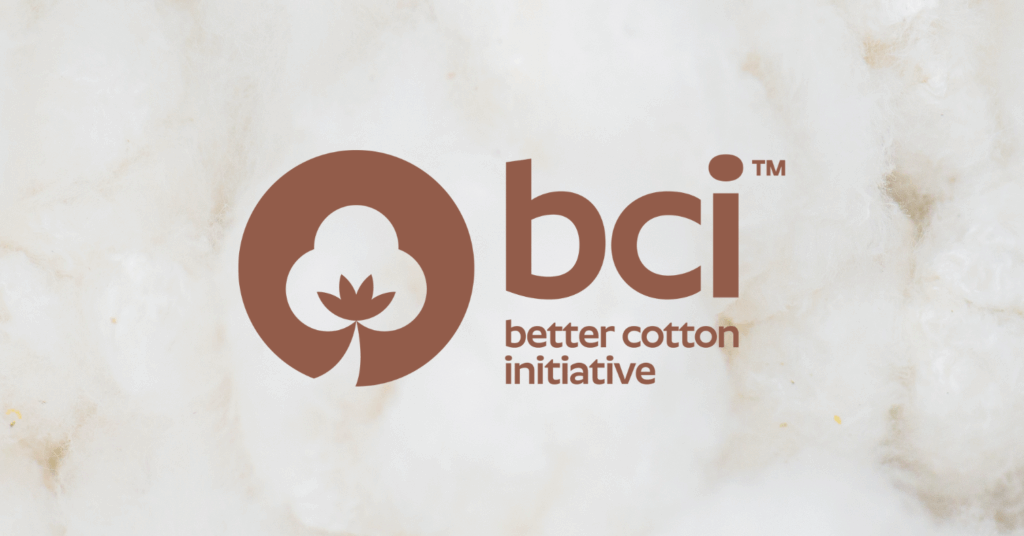

By Rogerio Simoes, Media & Content Manager at the Better Cotton Initiative
The Better Cotton Initiative (BCI) marked this year’s World Cotton Day with significant changes: it launched an innovative product label; it updated its logo, website, and overall design; and adopted its original name, having been known simply as Better Cotton in the past few years.
These changes may seem unrelated, but they are part of the same picture. They are connected to several steps taken recently by BCI to improve transparency, accountability, and its overall connection with members, partners, farmers, consumers, and the general public.
From the new label that now informs the presence of Physical BCI Cotton contained in a product to a name that emphasises the organisation’s role as an initiative, all that is the result of years of efforts to expand and deepen the organisation’s impact.
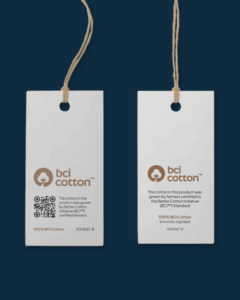

Our new product label comes out of the traceability system that has been gradually implemented since November 2023. In the past two years, we at the Better Cotton Initiative have been expanding our capacity to trade Physical BCI Cotton, traced back to its country of origin – offering brands, retailers and consumers the assurance of a commodity, BCI Cotton, produced by farmers certified to our standard.
Now, the BCI Cotton label will offer brands and retailers the ability to share with their consumers that story, on their own products. If a product sourced by a certified BCI Retailer or Brand Member contains at least 30% of Physical BCI Cotton, and the remaining up to 70% contain only other materials, that retailer or brand will now be able to share that information with consumers.
The new label, which is optional, provides the following:
Our CEO, Nick Weatherill, clearly summarised the meaning of our new product label. “In a time of increasing scrutiny around sustainability claims, global trade pressures, and shifting Environmental, Social, and Governance (ESG) priorities, transparency and accountability are more critical than ever.”
“As we celebrate World Cotton Day, our new label reaffirms our commitment to both, as part of our mission to drive measurable impact and continuous improvement in sustainability across the cotton sector.”
The BCI Cotton label comes in a year marked by another milestone. In June, during BCI’s annual conference in İzmir, Türkiye, we announced that the Better Cotton Initiative’s standard will close remaining gaps, so it is fully aligned with the fundamental principles of regenerative agriculture. While several principles of regenerative agriculture have already been followed by BCI alongside our certified farmers for years, a few elements remain to be fully implemented – and that is what the Better Cotton Initiative is now doing, with completion expected by June 2026.
None of these new steps, however, would be possible without something even more important: our impact throughout 16 years of operations, in more than 20 countries, improving conditions for over 2 million farmers. Much of this story can be found in the Better Cotton Initiative’s 2024-25 Annual Report, which goes beyond the achievements of the past year to provide a broader report of our impact over the years. You can download the report from this page.
With new label new logo, and new impact numbers that we proudly share with our community, embracing our original full name was an easy decision to make. By becoming once again the Better Cotton Initiative, we remind our farmers, members, and partners that BCI is and has always been an initiative, a forward movement committed to constantly improve sustainability in cotton farming.
Not only are we an initiative, but we are taking it too, by creating new ways of communicating with both our community and consumers – on top of the bold actions we have taken. Years ago, even though our mass balance system allowed us to achieve the scale required to support hundreds of thousands of farmers every year, we took the initiative to develop, introduce, and expand our own traceability system.
We also took the initiative to become a certification system in February of this year. The certification process, conducted by independent third parties, was another important step towards full accountability and transparency, aligning what brands and consumers increasingly demand from us with our responsibility to support farmers, their families, and their communities.
Whilst the changes above were still being implemented, again we took the initiative, by announcing that the BCI standard would become a regenerative one. Being an initiative was in our creation, has been part of our DNA since then, and it is now once again officially part of our name.
We hope our farmers, members, partners and colleagues appreciate and make good use of our changes, proudly announced on this year’s World Cotton Day. They can be certain that, behind new visual identify, name, and label, one thing remains the same: our determination to improve sustainability in cotton production, including delivering to consumers the information and the results they expect and deserve to see.
Press release: Better Cotton Initiative Marks World Cotton Day with Launch of Innovative Product Label
Our new BCI Cotton label page: What the BCI Cotton Label Means
Read more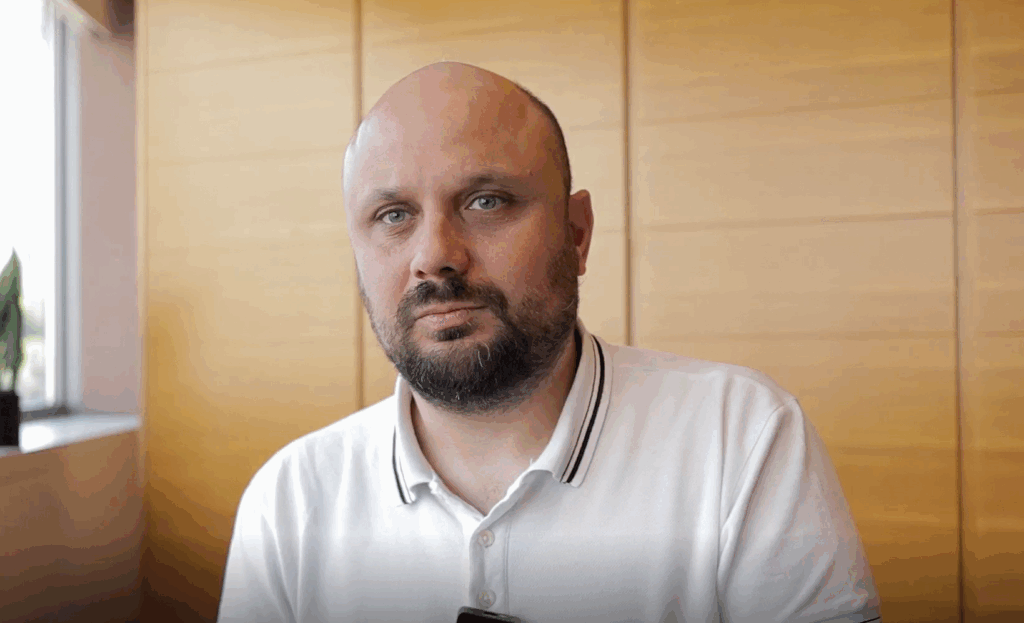

By Ali Ertuğrul, Technical and Quality Manager at USB Certification
USB Certification was Headline Sponsor at the Better Cotton Conference 2025 in İzmir, Türkiye
I’m an environmental engineer, so sustainability is at my heart. As the technical and quality manager for textile and recycling certification departments at USB Certification, I make sure the programme requirements, including those with Better Cotton, are implemented correctly.
This year, we started working in Pakistan with farm-level certification for Better Cotton, something which has been pretty exciting for us. Even though we had done farm certification before, in other countries, this is quite special–and we believe that sustainable production practices will flourish there.
The working models, especially in supply chains, are quite different from country to country. You can have bigger production areas in certain countries, like Bangladesh, or you can have a network of suppliers and subcontractors working together, as in Turkey. So, while we are doing certification, we are also guiding them towards achieving their goals in traceability, to ensure their compliance against the requirements.
Data and collective work
The biggest risk in the sustainability sector right now is greenwashing. There’s nowhere to go if we cannot back up our claims with data, with actual, factual, and verified data. But we also have to propagate that data throughout the supply chain.
In order to be able to do that, you need a technological infrastructure to ensure traceability from the extraction of the raw material–or production of the raw material–all the way to the labels, on the consumer facing product itself.
You cannot do it without data, you cannot do it without assurance, and you definitely cannot do it without in a technological infrastructure.
Different stakeholders need to work together to reach sustainability goals. First of all, we need programme ownership, assurance provider, and certification. We are part of a triangle which are interacting with the other two areas.
Programme owners set the requirements, the criteria, for the compliance of certified entities. They also assign assurance providers, so they can actually verify the system of a certification body, not only monitoring the outcome of the work that the certification bodies are doing. They also make sure the certification bodies have a mature, competent system capable of assessing the requirements of the standard–in the audit and the certification process.
Eyes on the ground
There is another responsibility: we are the eyes on the ground. If we see any deviations, if there’s any ground reality that is deviating from the standard requirements, it’s our responsibility to have that communicated to the programme owners. It is part of the monitoring, evaluationand learning cycle.
As a programme owner, Better Cotton is heavily involved with the implementation of the standard itself, through their implementation partners all over the world. That means, it also gives the standard a localised context. In that sense, it was actually good to witness such a nuanced approach to standard requirements.
With the new certification paradigm that has come up, the collaboration between the program owner and the certification body, like USB Certification, will be tighter in the coming years, thanks to the level of assurance. The level of data collaboration will increase.
Hearing from farmers
At this year’s Better Cotton Conference, the sessions brought some provocative questions into the spotlight, which I quite enjoyed. Also, this year’s conference’s motto was ‘It Starts with Farmers’, and it is always good to hear the opinions of farmers.
Another thing I enjoyed was the networking. The participants were not passively listening to the sessions, they were engaging in conversations with different kinds of stakeholders at the same time. I would say the conference has moved the mission forward.
This is an important event, as it is a hub and a ground, a chance to bring all different stakeholders into the same place. Also, a chance to reiterate what I said before, that this is a dialogue, this is a conversation. It’s also an ever-changing landscape, the market for sustainability and sustainable certification is rapidly changing. So, without engaging in meaningful conversations, we cannot do it.
This is one of the missions of Better Cotton as well, and one of the missions of this year’s conference.
Read moreA key cotton-producing country with a strong track record of innovation and sustainability in agriculture, Australia is the latest step in our traceability journey.
Read moreIn its inaugural meeting, the Multistakeholder Dialogue brought together different sectors to share experiences and challenges to improve sustainability in cotton production.
Read more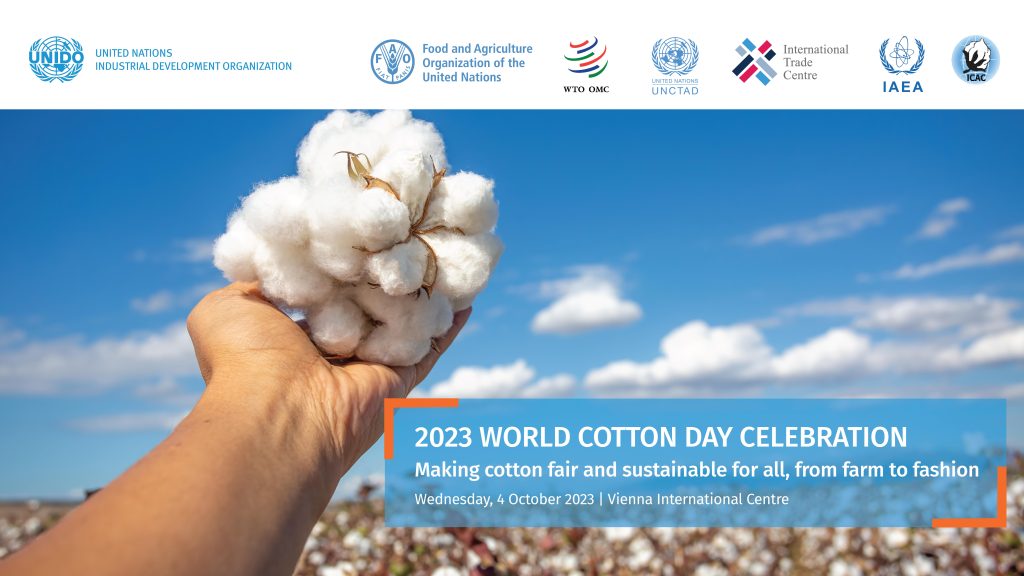

Today we celebrate World Cotton Day 2023, an annual commemoration of one of the world’s most renewable resources and a commodity that supports approximately 100 million families.
At Better Cotton, we’re working every day to support and strengthen cotton growing communities so they can keep growing the crop they rely on. As the world’s largest cotton sustainability initiative, our strategic aims are to embed sustainable farming practices and policies; enhance well-being and economic development; and drive global demand for sustainable cotton. We believe in the power of sustainable cotton to transform livelihoods and the environment.
World Cotton Day was adopted by the United Nations General Assembly in 2021. The annual date is 7 October, but this year is being celebrated on 4 October with a World Cotton Day 2023 event hosted by the United Nations Industrial Development Organization (UNIDO) and the Food and Agriculture Organization of the United Nations (FAO) in Vienna, Austria.
This year’s theme is “Making cotton fair and sustainable for all, from farm to fashion.”
We’re proud to have our own Jacky Broomhead, Senior Traceability Manager, presenting at WCD 2023. She’s discussing ‘Traceability as an innovation for the cotton sector’ – a topic we’ve been focusing on as we prepare to launch our Traceability Solution next month and continue to explore how we can create more opportunity for farmers and the rest of the sector.
We’ve also this week had CEO Alan McClay speak at The Economist’s Sustainability Week in London, participating in a panel called ‘Word on the High Street – Making Fashion and Cosmetics Sustainable.’
This is a movement and not a moment, and we hope everyone – brands and retailers, manufacturers, producers and consumers – will join us and be part of something better.
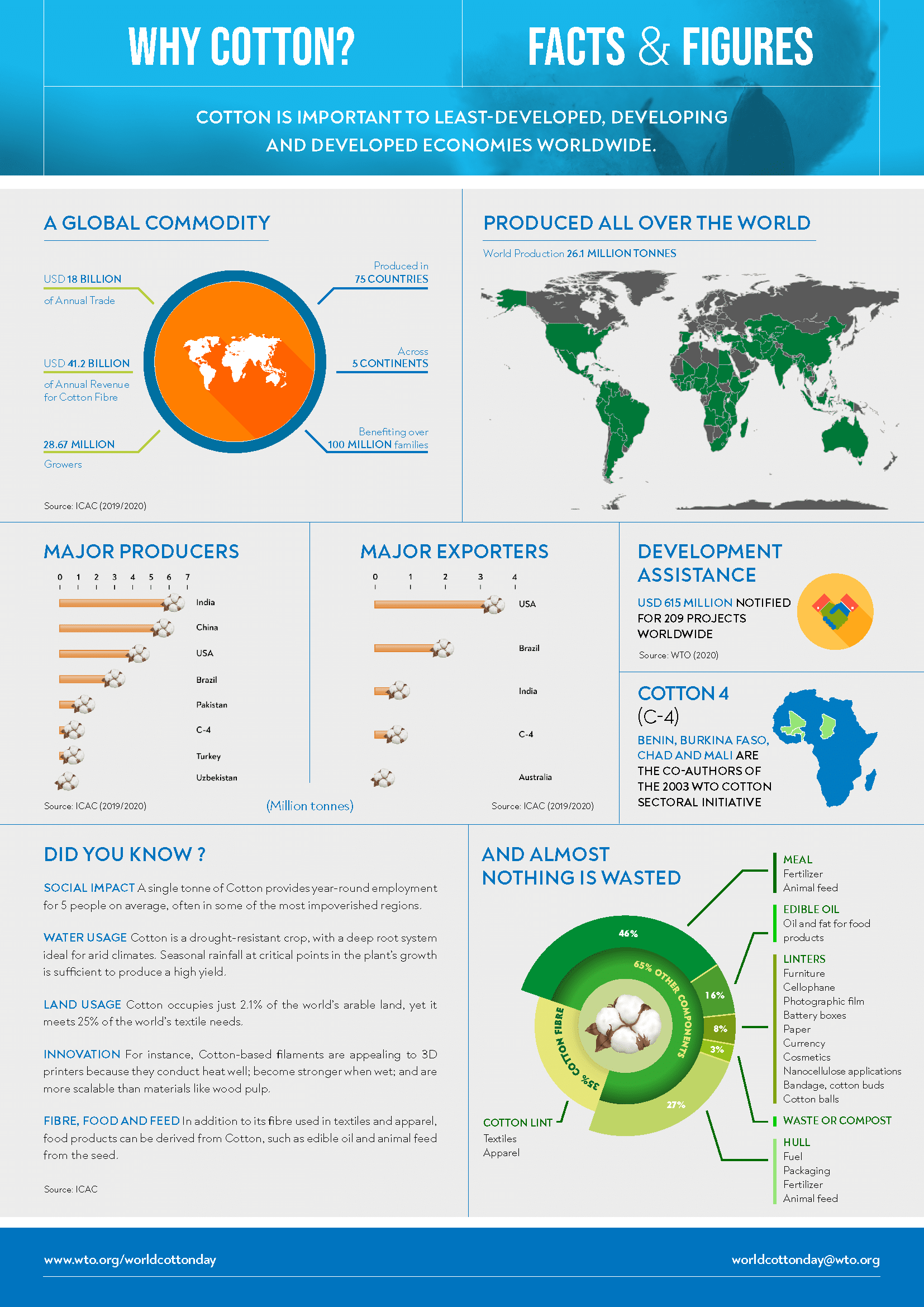

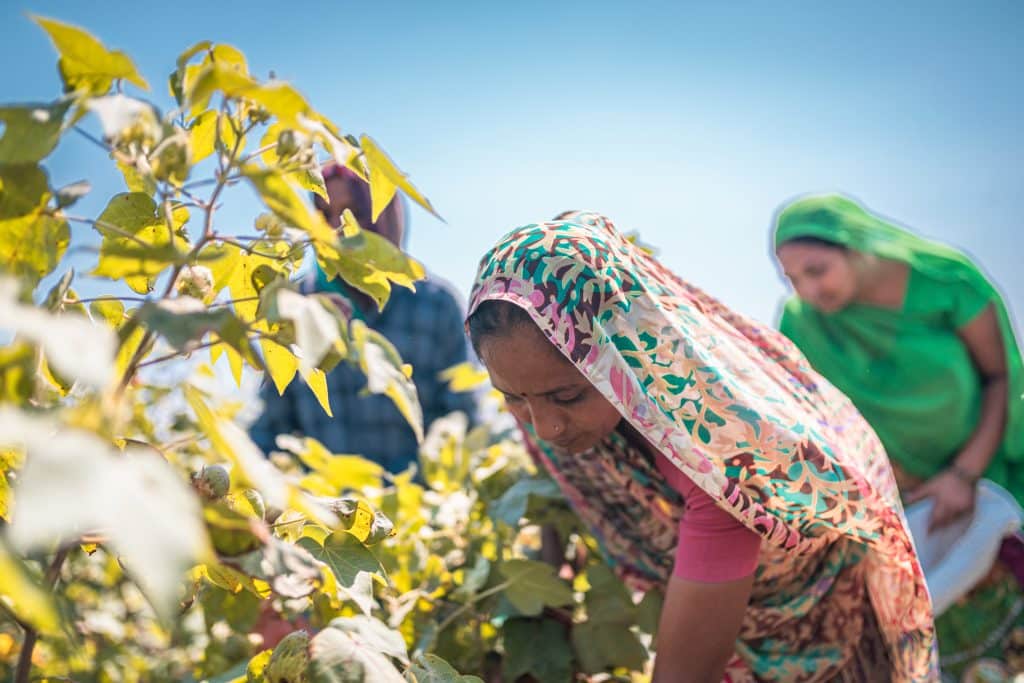



Millions of women around the world dedicate their lives to cotton production, and yet their representation and contributions aren’t fairly reflected within the sector’s hierarchies.
It’s with this in mind that Better Cotton recently launched its 2030 Impact Target for Women’s Empowerment. Over the coming years, we aim to reach one million women in cotton with programmes and resources that promote equal farm decision-making, build climate resilience, or support improved livelihoods. What’s more, we commit to ensuring that 25% of field staff are women with the power to influence sustainable cotton production.
To achieve this, we’ll collaborate closely with leading organisations to create the environment for field-level change. Here, we speak to Nisha Onta, Regional Coordinator for Asia at WOCAN, to understand the topic’s complexities and obstacles preventing women from advancing their careers in cotton. Nisha is amongst four keynote speakers at this year’s Better Cotton Conference, taking place in Amsterdam from June 21.
There are a lot of research findings which show that the major barrier for women to access training are time poverty, access to information and restrictions on mobility.
Time poverty simply means there is just not enough free time in the lives of women to add more training to their schedule. It is called the ‘triple burden’ of women. Women are responsible for productive, reproduction and communal roles. Therefore, in order to make sure we want to invite more women to train, organisers will have to provide childcare facilities, the timing of the training has to be reasonable for them and the training should address the triple burden so it is not adding to their already packed schedule of responsibilities.
Access to information is also critical, there are many instances that women are simply not aware of the availability of training or resources. Therefore, the usual mode of communication, such as sending training schedules to local representatives and news in the media might not reach the women we are trying to train. Perhaps using local women cooperatives and other mediums that are accessible to women could increase their participation.
Mobility issues can be due to cultural issues or simply the issue of infrastructure. If the training is scheduled for the evening but local safe transport is not available, for example. In some communities, women may not be allowed to travel to participate in trainings, then the organisers will have to use different strategies to convince the head of the households to give permission for the women to attend.
Ensuring that there’s capacity for women to participate in decision-making is critical to increasing their representation. If the system is not designed to include women in leadership positions, no matter how much training is available, they’ll never have equal opportunities. Therefore, a systematic rethink is required to create the space for women to participate and influence the cotton sector they contribute so much to.
Organisations like Better Cotton can be catalysts to advance gender equality in the cotton sector. Better Cotton’s vast network touches millions of farmers around the world and this infrastructure will be important to driving changes at the field-level. Better Cotton’s Women’s Empowerment Impact Target will serve an important purpose to the sector if we’re to see women afforded the chances that have historically been set aside for men.
There needs to be the space for women to voice their opinion and influence the sector’s development through decision-making positions. There has to be more direct resources such as trainings, credit and grants for women led business. These changes will inspire and impact future generations across agriculture and may also encourage the creation of more women-led businesses in the cotton value chain.
Read more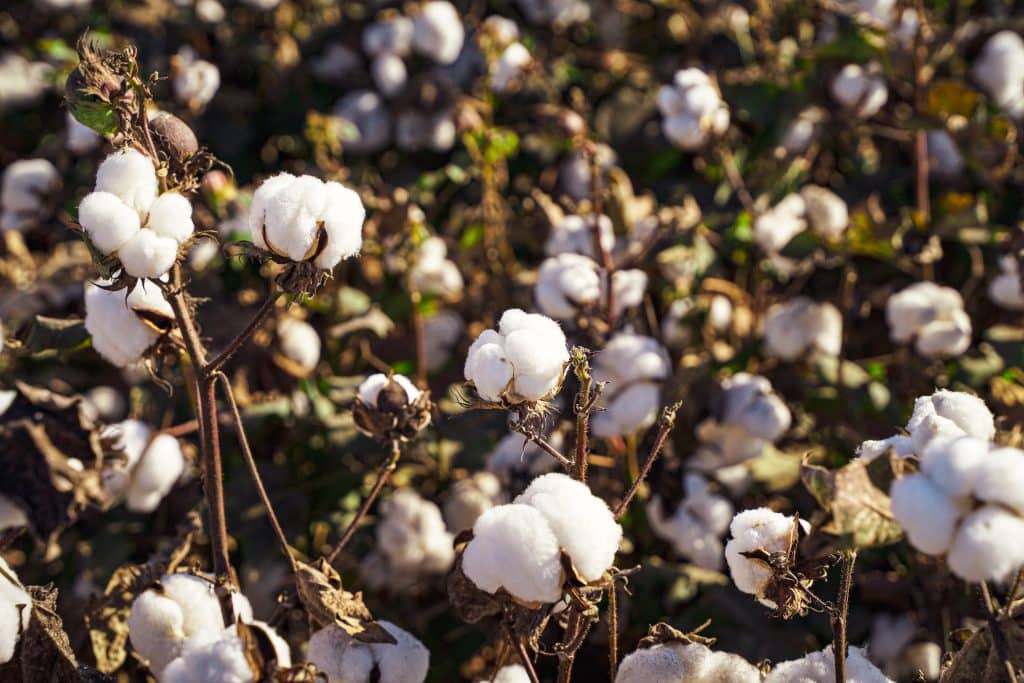



Ninety-nine percent of the world’s cotton farmers are smallholders. And whilst production capacities per farmer may be small, together, they represent the bedrock of an entire industry, enabling its global reach.
With the launch of our recent 2030 Impact Target to promote Sustainable Livelihoods, we’re committed to increasing the net income and resilience of two million cotton farmers and workers.
It’s a bold ambition and one we won’t be able to reach without the support of a vast network of partners. In this Q&A, we hear from Better Cotton Council member and Solidaridad’s Senior Policy Director for Sustainable Fashion, Tamar Hoek, about the complexity of this topic and the role Better Cotton can play in supporting smallholders.
We are glad that Better Cotton decided to include net income and resilience for farmers as one of its targets. The livelihoods of farmers and farm workers depend on the price that is paid for the cotton but also on how capable the farmer is of dealing with uncertainties in production. For Solidaridad, the topic of living income has been high on our agenda for years. With the scale that Better Cotton brings, this new target can potentially lead to a higher income for a lot of farmers around the world, which is the first step towards a living income. The target will hopefully lead to appropriate tools for increasing net income, greater awareness in the value chain, best practices and income benchmarks that are needed to eventually scale the improvements.
With the scale that Better Cotton brings, this new target can potentially lead to a higher income for a lot of farmers around the world, which is the first step towards a living income.
First of all, increasing a net income should give the farmer the opportunity to improve their livelihood, the situation of his/her family and to save for unexpected situations. Then, improvements can allow for payment of better wages and working conditions, the purchase of health and safety equipment, and perhaps investment into more sustainable pesticides and fertilisers. We all know that the price that is paid for cotton is not enough for all of these investments, both socially and environmentally. Therefore, the increase of the price – and with that the net income – is a start that will allow for a lot of improvements that are needed for more sustainable production. (Editor’s note: While Better Cotton strives for the collective improvement of sustainable livelihoods, our programmes have no direct influence over pricing or commercial activities)
Hopefully, Better Cotton will join forces with other organisations in the industry to scale the impact of the target and collectively come to a living income demand for all cotton farmers in the world. Better Cotton will need to lobby with policymakers, local governments and other stakeholders in the value chain to make sure that the right enabling environment is in place to get rid of systemic issues. Addressing structural poverty is ambitious but that will not happen overnight with just raising the net income of a group of farmers and looking at their resilience. It eventually needs a whole value chain to change and, for that, Better Cotton needs to work collaboratively.
Read more